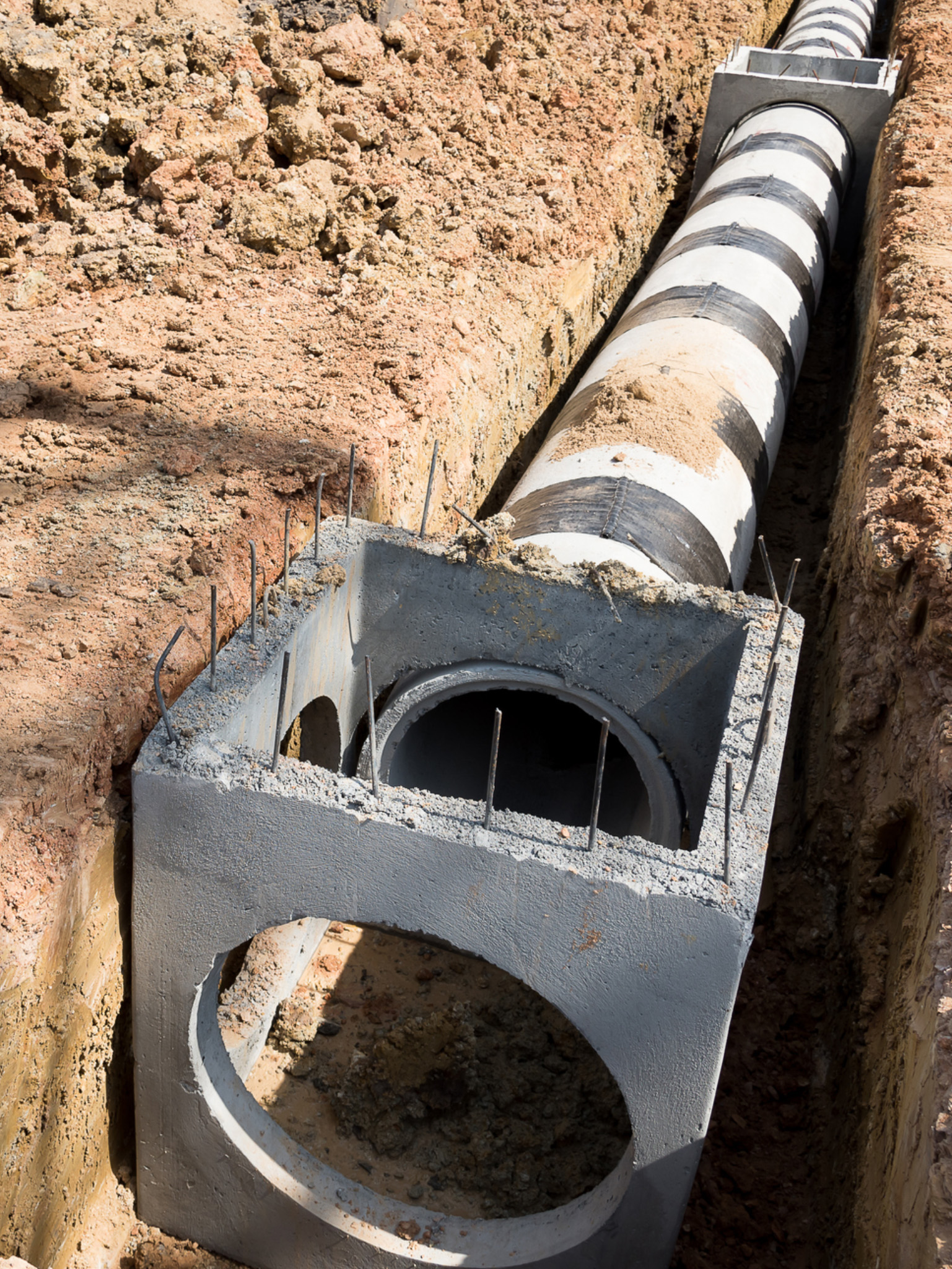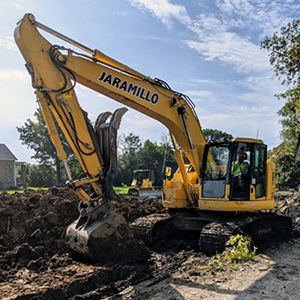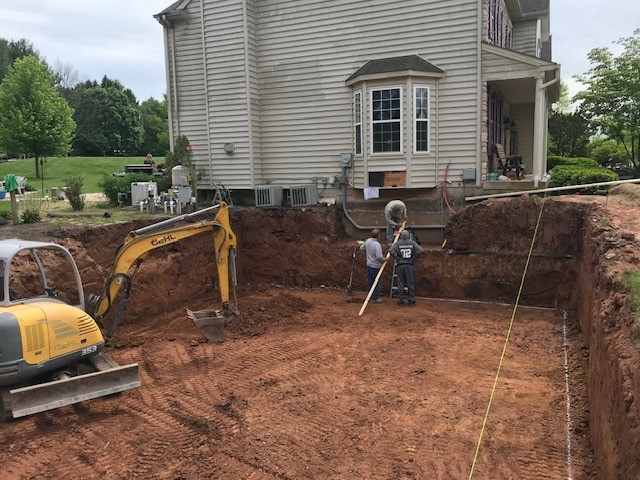Septic Ohio - Comprehensive Septic Tank Solutions in Ohio
Septic Ohio - Comprehensive Septic Tank Solutions in Ohio
Blog Article
Introducing the Art of Excavation: Pro Tips for Safe and Effective Digging
As soil is transformed and planet is moved, the intricacies of excavation expose themselves, demanding an eager understanding of equipment, dirt make-up, safety methods, and ecological factors to consider. The competence required to browse these elements properly can mean the distinction in between a successful excavation job and a possible disaster.
Value of Proper Devices
To make certain the safety and security and efficiency of any excavation job, making use of the appropriate equipment is vital. Excavation tasks differ in range and complexity, ranging from small residential landscaping jobs to large-scale construction undertakings.
Excavators are fundamental pieces of equipment in any kind of excavating procedure. These flexible devices been available in various sizes to match various job demands. Small excavators are optimal for smaller tasks, while bigger excavators take on extra considerable tasks effectively. Backhoes are one more important equipment kind, integrating the functions of a loader and an excavator in one machine. They are important for tasks calling for convenience and ability to move.
Apart from excavators, various other vital devices consists of dump bulldozers, plates, and trucks. Unload trucks are crucial for eliminating and transporting excavated materials, while plates are used for excavating deep and narrow trenches. Excavators excel in jobs that require pressing huge quantities of soil or particles. By investing in the proper equipment, excavation jobs can be finished safely, on time, and with precision.
Comprehending Dirt Composition
A detailed understanding of soil composition is essential for implementing excavation projects with precision and safety and security. Understanding the different kinds of soil is critical as it directly impacts excavation techniques, devices option, and total task effectiveness. Dirt composition normally consists of four primary parts: sand, silt, clay, and raw material. Each part has unique buildings that affect just how dirt responds to excavation procedures.
Sand particles are the largest and provide excellent water drainage yet use little communication. Silt bits are smaller than sand but bigger than clay, using moderate drainage and cohesion. Clay fragments are the tiniest and give high communication however bad drainage. Raw material, such as decomposing plant material, affects dirt fertility and security.
Before starting excavation, carrying out soil examinations to identify its composition and features is necessary. This info aids in choosing the suitable tools, executing safety actions, and establishing excavation strategies customized to the specific dirt conditions - lancaster trenching. By understanding dirt composition, excavation experts can enhance job outcomes while making sure security and adherence to finest practices
Precaution and Protocols
Comprehending soil make-up is the keystone upon which precaution and procedures for excavation tasks are built, ensuring the well-being of workers and the success of the endeavor. There are a number of essential actions that need to be executed to mitigate risks and you could try this out stop mishaps. when it comes to safety and security throughout excavation.
Firstly, before any type of excavating begins, an extensive inspection of the website should be conducted to determine any type of potential risks such as underground utilities, unsteady soil problems, or close-by frameworks that might position a risk. It is important to have a proficient person supervise the excavation procedure to make sure that all security procedures are complied with strictly.
Moreover, all workers involved in the excavation should be appropriately trained in safe excavating methods and the proper operation of equipment. By adhering to these safety measures and methods, excavation tasks can be finished effectively and without event.
Effective Excavation Preparation
When starting an excavation job, careful planning is necessary to make sure effectiveness, safety and security, and effective results. Efficient excavation planning entails a number of essential actions that are critical for the smooth implementation of the job. The initial step is to carry out an extensive site analysis to determine any kind of prospective hazards, such as below ground utilities or unpredictable soil conditions. This information is crucial for developing an in-depth excavation plan that consists of precaution and run the risk of reduction methods.
Once the site evaluation is complete, the next action is to develop a clear timeline and routine for the excavation activities. This consists of determining Discover More Here the sequence of jobs, equipment requirements, and workforce allowance. Correct organizing aids stay clear of hold-ups and makes certain that the project stays on track.

Moreover, interaction among all staff member is vital during the planning phase. Clear directives, regular updates, and effective coordination are vital for a successful excavation job. By investing effort and time in meticulous preparation, excavation groups can dramatically boost performance, lessen dangers, and accomplish successful outcomes.

Taking Care Of Ecological Considerations
With raising focus on environmental sustainability in building and construction methods, handling environmental factors to consider has come to be an essential element of excavation projects. Excavation activities have the possible to affect the surrounding setting with dirt disintegration, debris drainage, habitat disturbance, and contamination of water sources. To minimize these dangers, it is essential to carry out best methods that prioritize environmental defense.

In addition, correct waste monitoring is crucial to stop soil and water contamination. Applying treatments for the disposal of harmful materials, recycling of waste products, and minimizing making use of harmful chemicals can considerably decrease the environmental influence of excavation tasks. By incorporating these methods into excavation planning and execution, building companies can ensure that their tasks are not just safe and effective however additionally ecologically liable.
Conclusion
Finally, grasping the art of excavation requires a complete understanding of appropriate equipment, dirt structure, precaution, and reliable preparation. By complying with these guidelines and taking into consideration environmental factors, excavations can be performed securely and efficiently. It is vital to prioritize safety and security and efficiency in every excavating job to make certain successful results.
As soil is transformed and earth is moved, the ins and outs of excavation reveal themselves, requiring an eager understanding of devices, dirt structure, safety and security procedures, and ecological considerations.To ensure the security and efficiency of any type of excavation task, using the ideal devices is extremely important.An extensive understanding of dirt structure is basic for performing excavation tasks with precision and security. Recognizing the different types of dirt is essential as it straight impacts excavation techniques, equipment selection, and general task efficiency. By recognizing dirt structure, excavation experts can boost project end results while guaranteeing safety and security and adherence to finest techniques.
Report this page